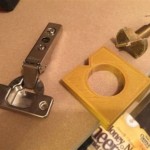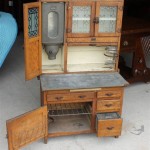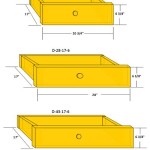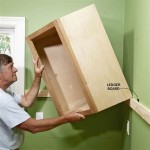Antique Glaze Painted Kitchen Cabinets: A Timeless Charm
Add character, depth, and an aged elegance to your kitchen cabinets with antique glazing. This technique transforms ordinary painted cabinets into captivating focal points that evoke a sense of history and nostalgia. Here's a comprehensive guide to help you master the art of antiquing your painted kitchen cabinets:
Materials You'll Need:
* Base paint * Glaze * Clear polyurethane finish * Soft-bristled brushes * Lint-free cloths * Scuff pad * Fine-grit sandpaperStep 1: Prepare the Cabinets
* Clean the cabinets thoroughly with a degreaser to remove dirt and grease. * Use a scuff pad or fine-grit sandpaper to lightly sand the surface, creating a rougher texture that will enhance the glazing effect.Step 2: Apply the Base Paint
* Choose a paint color that complements the desired antiqued look. Apply two to three coats of paint, allowing each coat to dry thoroughly before applying the next.Step 3: Apply the Glaze
* Choose a glaze that is compatible with your base paint. Using a soft-bristled brush, apply the glaze in thin layers, working in small sections. * Remove excess glaze with a lint-free cloth, wiping in a circular motion. This creates the depth and variation that will give your cabinets an antiqued appearance.Step 4: Remove Excess Glaze
* Once the glaze has been applied, remove any excess using a clean lint-free cloth. Wipe gently to avoid removing too much glaze.Step 5: Highlight Details (Optional)
* To emphasize details and add interest, apply a small amount of glaze to the edges, corners, and raised areas of the cabinets. This will create a subtle contrast and highlight the architectural features.Step 6: Seal with Polyurethane
* Once the glaze has dried completely, apply a clear polyurethane finish to protect the glaze and enhance the durability of your cabinets. Use a brush or spray applicator to apply two to three coats of polyurethane, allowing each coat to dry thoroughly before applying the next.Tips for Success:
* Experiment with different glaze colors and techniques to achieve the desired antiqued look. * Use a light touch when applying the glaze, as too much can obscure the base paint color. * Work in small sections to avoid the glaze drying unevenly. * Allow ample drying time between each step to ensure proper adhesion and durability.Conclusion:
Antiquing painted kitchen cabinets is a rewarding DIY project that adds timeless charm and character to your kitchen. By following these steps and experimenting with different techniques, you can transform your cabinets into beautiful pieces that will enhance the style of your home for years to come.
How To Glaze Kitchen Cabinets

How To Glaze Cabinets At Home With The Barkers

How To Glaze Kitchen Cabinets Diyer S Guide Bob Vila

Cabinet Refinish Diy Simple Paint And Antique Glaze Kitchen Cabinets

Rescuing And Reviving A Glazed Distressed Kitchen Bella Tucker

How To Glaze Cabinets At Home With The Barkers

How To Glaze Kitchen Cabinets Diy Network

How To Glaze Cabinets At Home With The Barkers

How To Glaze Kitchen Cabinets Diyer S Guide Bob Vila

All About Antiquing Glaze For Cabinets And Furniture Porch Daydreamer
Related Posts








